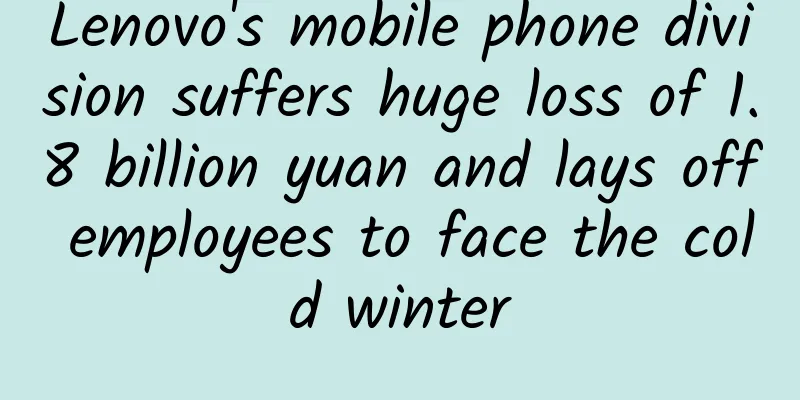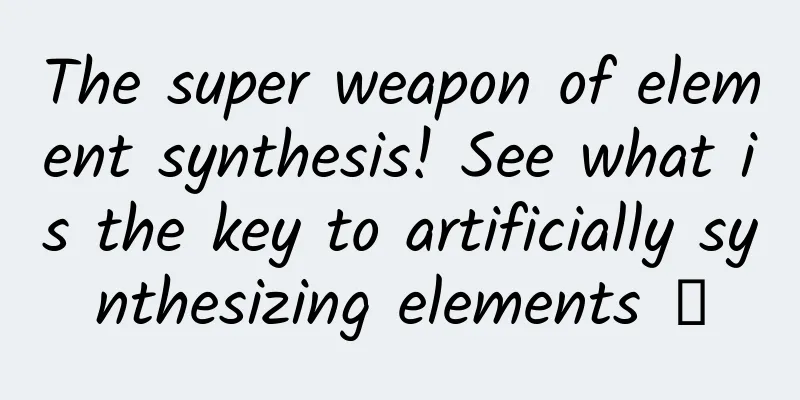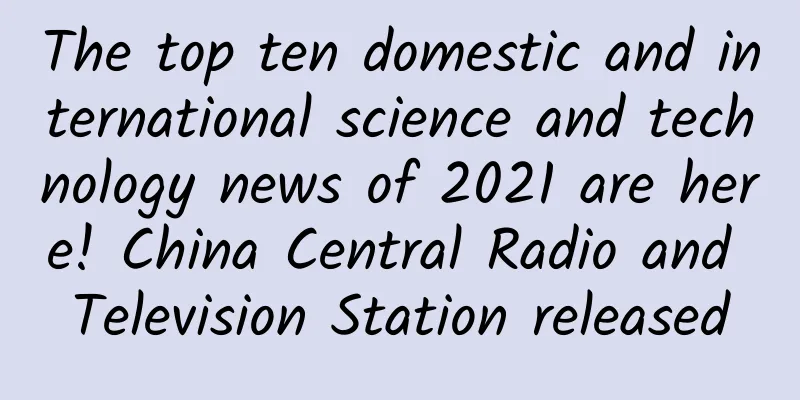In addition to space junk, they also threaten spacecraft!

|
Not long ago, NASA, ESA and the Canadian Space Agency jointly released an assessment report, revealing that the Webb Space Telescope has suffered six micrometeorite impacts, one of which hit the C3 lens and caused an uncorrectable accident to the telescope. As we all know, there is a large amount of space debris in low-Earth orbit, and the Webb Telescope is operating in the L2 halo orbit 1.5 million kilometers away from the Earth, and it cannot escape the disaster of micrometeorites. So, in addition to space debris, what else in the universe can pose a threat to spacecraft? Natural meteor impact In 2021, NASA announced that according to the detection and tracking of the US Space Surveillance Network (SSN), there are at least 27,000 pieces of space debris in Earth orbit. Considering that the SSN could only detect low-Earth orbit targets as small as about 10 centimeters at the time, the actual amount of space debris is far greater than what was detected. We all know that space debris is very harmful. Both the International Space Station and the Chinese Space Station have changed their orbits to avoid space debris. Although space debris has caused the Earth's orbit to be extremely crowded, many people have overlooked that space was not empty before human spacecraft entered. People like to make wishes at shooting stars, but shooting stars are not rare. According to a study by a French-led scientific team, about 5,200 tons of micrometeorites fall to the Earth's surface each year. A large number of small meteorites and micrometeorites fall into the Earth's atmosphere day and night, which means that even in the L2 orbit far away from the Earth, it is difficult to avoid the threats posed by various micrometeorites. In reality, micrometeorites come from rocks and fragments of larger celestial bodies, which may have existed when the solar system was formed, or they may be fragments of later comets and asteroids that were ejected or broken up. Although the huge tail of a comet is very beautiful, few people know that every time a comet approaches the sun, it will eject a large number of objects, which will become new space micrometeoroids. At the same time, at the end of its life, a comet may also split and disintegrate to produce a large number of micrometeorites. The famous Leonid meteor shower is the result of the eruption of Comet Temple-Tuttle and the fragments of particles that break up and enter the atmosphere. The micrometeor impacts that Webb is facing now are just the beginning. The telescope will also pass through the micrometeor belt left by Halley's Comet in 2023-2024, and will definitely face greater challenges at that time. Radiation particles pose a great threat Micrometeors are one of the main threats to spacecraft, but the harsh environment of space is not limited to micrometeors. In addition to the familiar vacuum environment, high-energy radiation is the most important threat. In space, the sources of radiation include high-energy particles ejected by the sun, radiation belts formed by the Earth's magnetic field, and high-energy cosmic rays from the Milky Way. In a vacuum environment, many non-metallic materials will vaporize or decompose at higher temperatures. For example, the common rubber has an annual decomposition rate of 10% at 190 degrees Celsius, while nylon and epoxy resin require lower temperatures when their annual decomposition rates reach 10%. In this sense, sunlight can threaten some materials on spacecraft. For spacecraft that operate in space for a long time, although they do not have to worry about vaporization and decomposition caused by high temperatures by carefully selecting external materials, the high-energy radiation emitted by celestial bodies such as the sun is still a threat that cannot be ignored. The health of astronauts is the top priority of manned space flight, and manned spacecraft are particularly "afraid" of radiation hazards. Solar flares release a large amount of ultraviolet rays and X-rays, as well as a large number of high-energy protons. Their outbreaks are neither regular nor predictable. The radiation dose of large solar flares is very high. If astronauts are not properly protected, they may suffer from radiation sickness or even die. Galactic cosmic rays are more difficult to protect against because of their high energy, but their annual radiation dose is much less than that of a large solar flare. Fortunately, the Earth's magnetic field shields most of the radiation from space. When located below the Earth's Van Allen radiation belt, and considering that the spacecraft has a metal shell that can shield some of the space radiation, there is no need to take special radiation protection measures. However, radiation protection for deep space flight is very tricky, which is also one of the obstacles to future deep space manned flights. Space radiation also poses a threat to unmanned spacecraft. The sun's strong ultraviolet rays, X-rays and high-energy charged particles may affect some of the spacecraft's payloads. In particular, strong ultraviolet rays can accelerate the decomposition of organic matter. For some space astronomical facilities, special parts need to be shielded. At the same time, solar flares and galactic cosmic rays may also impact the electronic equipment of spacecraft, and even cause the electronic equipment of spacecraft to fail. Not many options for protection The space environment is extremely harsh. In order to withstand such a harsh environment, spacecraft developed by various countries have successively developed a variety of defense measures. There are not only natural micro-meteorites but also artificial space debris in the low-Earth orbit, so spacecraft, especially manned spacecraft, must take necessary protective measures. At present, spacecraft developed by countries around the world mainly use hard metal shells to resist impact and ensure that the airtight cabin will not be penetrated. Unmanned spacecraft have a lower priority for collision avoidance, but they still have to take certain measures. Take the Hubble Space Telescope in the United States as an example. Its Ritchie-Chrétien (RC) reflector is located in a long tube, which itself plays a certain protective role. In addition, it has a tube cover that can be covered when necessary to avoid being hit by micrometeorites. Compared with Hubble in low Earth orbit, Webb in L2 halo orbit faces a much lower density of micrometeorites. However, Webb's iconic tennis court-sized heat shield is still specially designed to resist micrometeor impacts. The main means is to bond a large number of reinforcement strips to form a "tear-proof" grid to ensure that the holes caused by micrometeor impacts do not extend outside the grid. As for Webb's lens, on the one hand, the scratches on the reflector have little effect on imaging, which is also confirmed by the report it released; on the other hand, we can only pray that it will not encounter a large micrometeor impact. In addition, spacecraft need to resist the threat of high-energy radiation from space, which is currently mainly achieved by hard resistance. The aluminum metal shell of current spacecraft can shield some space radiation, but the protective measures in deep space environment have yet to be tested in practice. NASA has also proposed the idea of adding a layer of water inside or outside the cabin to provide radiation shielding for high-energy charged particle flows and cosmic rays. They also have the concept of a magnetosphere shield that uses superconducting electromagnets to generate a strong magnetic field to form a radiation shield to reduce the harm of space radiation to astronauts. For unmanned spacecraft, radiation shielding is much simpler. For example, to combat the single particle effect of high-energy particles, there are both aerospace-grade chips that are selected from the best radiation-resistant ones, and redundancy measures for multiple commercial chips, as represented by SpaceX. In addition, spacecraft design must also comprehensively consider the impact of high-energy radiation on solar cells, batteries, insulating materials and electronic devices. Through measures such as anti-radiation reinforcement and redundant design, the threat of high-energy radiation in space can basically be defended. |
<<: If someone says you have a "dead fish face", it's probably not an insult...
Recommend
Liu Huan's zero-based fitness: 1 square meter at home to train Victoria's Secret body
A training method that gets rid of dependence on ...
Proba-3 mission: opening a new era of space-based “artificial solar eclipse” observations
Schematic diagram of the Proba-3 mission. Image c...
Solution: Not receiving Windows 8.1 Update push
Windows 8.1 Update has been officially released fo...
Dingdong TOP smart speaker experience: This little guy can make all the devices in the home have their own Siri
Who says smart speakers have to stand on a table ...
Is your iPhone frozen and shut down during the cold snap? Should Apple be blamed for this?
Do you know the loneliness you feel when your cel...
This article will introduce you to the "Jiuxiao Huanpei" zither collected by the National Museum
A brief study on the “Jiuxiao Huanpei” zither col...
700 paying users and 1,000 UGC operation cases in 3 months, how did they do it?
I have seen many products that were poorly made. ...
How can high school and college entrance examination candidates protect themselves from "double positive"? This protection guide is for all candidates
The annual college entrance examination and high ...
7-day ultimate buttocks plan, quickly cultivate perfect peach buttocks
7-day ultimate buttocks plan, quickly cultivate p...
The unity of aging and evolution: Why do lifespans vary so much across species?
We can understand aging from an evolutionary pers...
The Economist: Smart home has a long way to go and technology giants are actively planning
The latest issue of the British magazine "Th...
How much does Baidu promotion cost? How to calculate Baidu promotion cost?
It depends on the specific word being promoted. T...
After upgrading to iOS 14, health data suddenly increased by 29,360,000GB
A user posted on Apple's official community, ...
Drink more hot water when it's cold? Be careful! Exceeding this temperature may cause cancer
When the weather gets cold, you can’t live withou...
To prevent the power strip from "getting angry", you should do this...
recently A fire broke out in a resident's hom...









